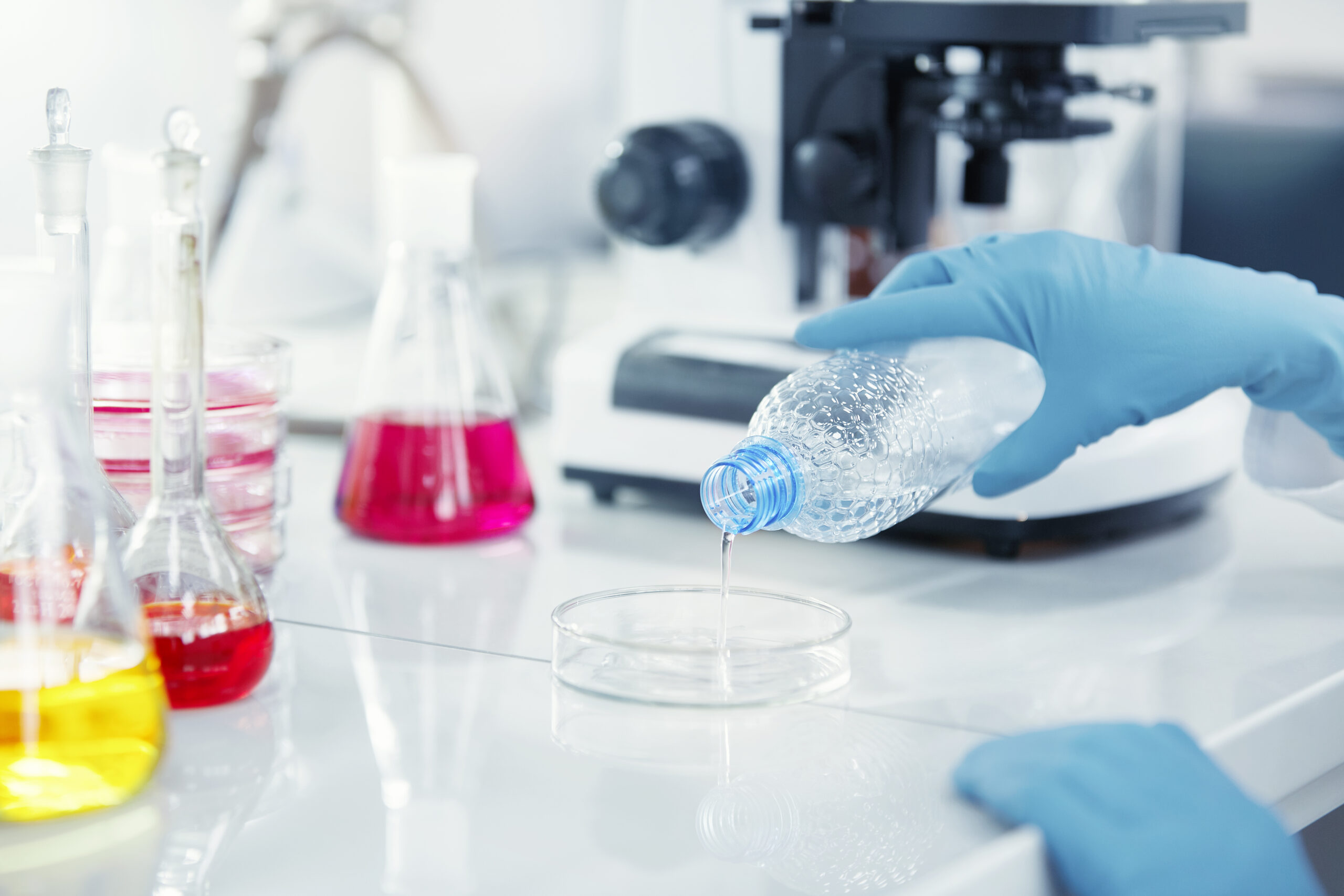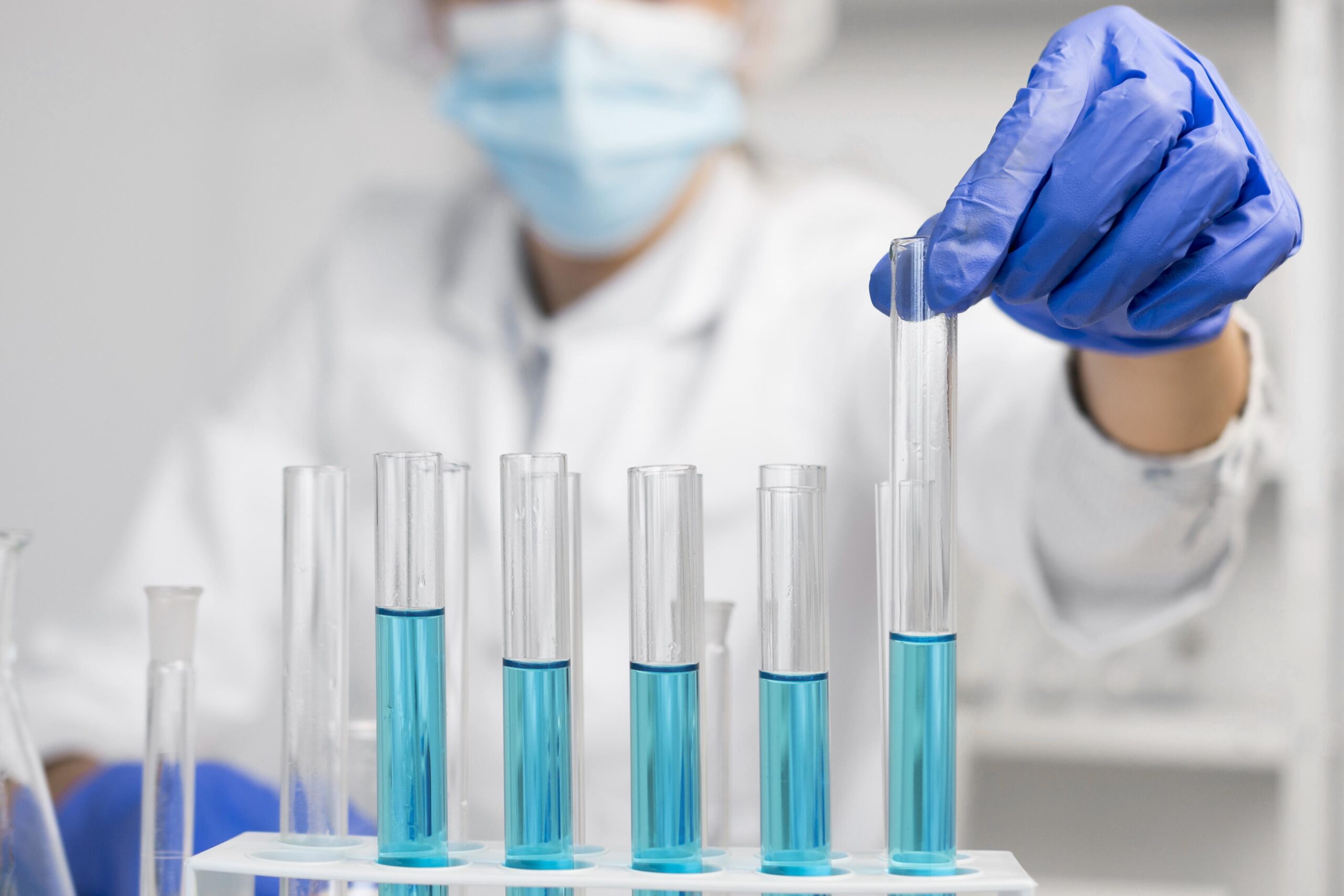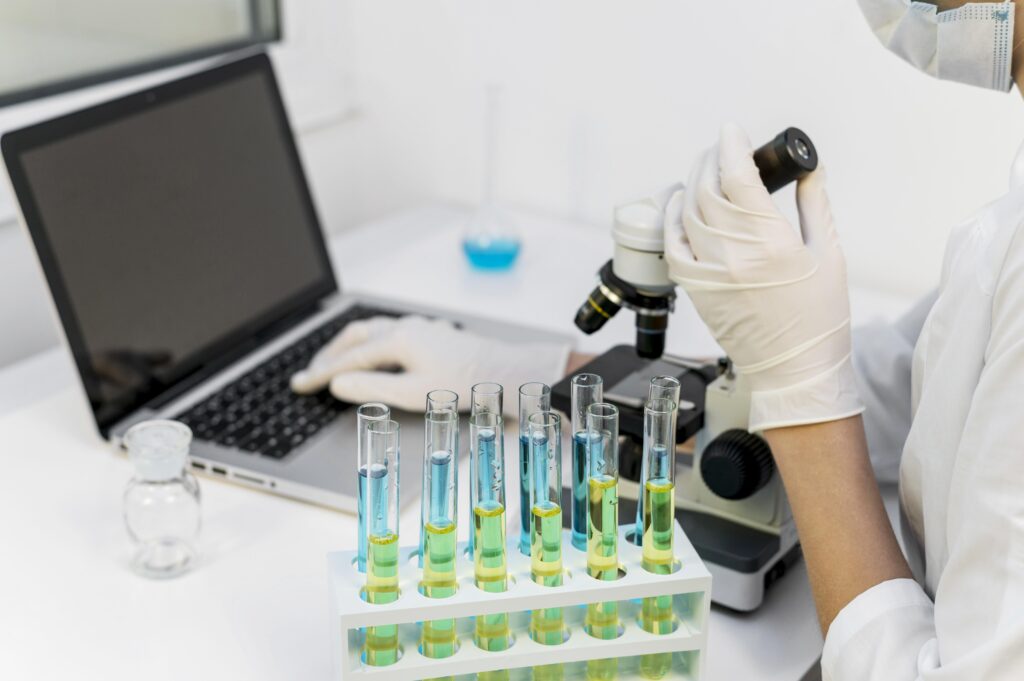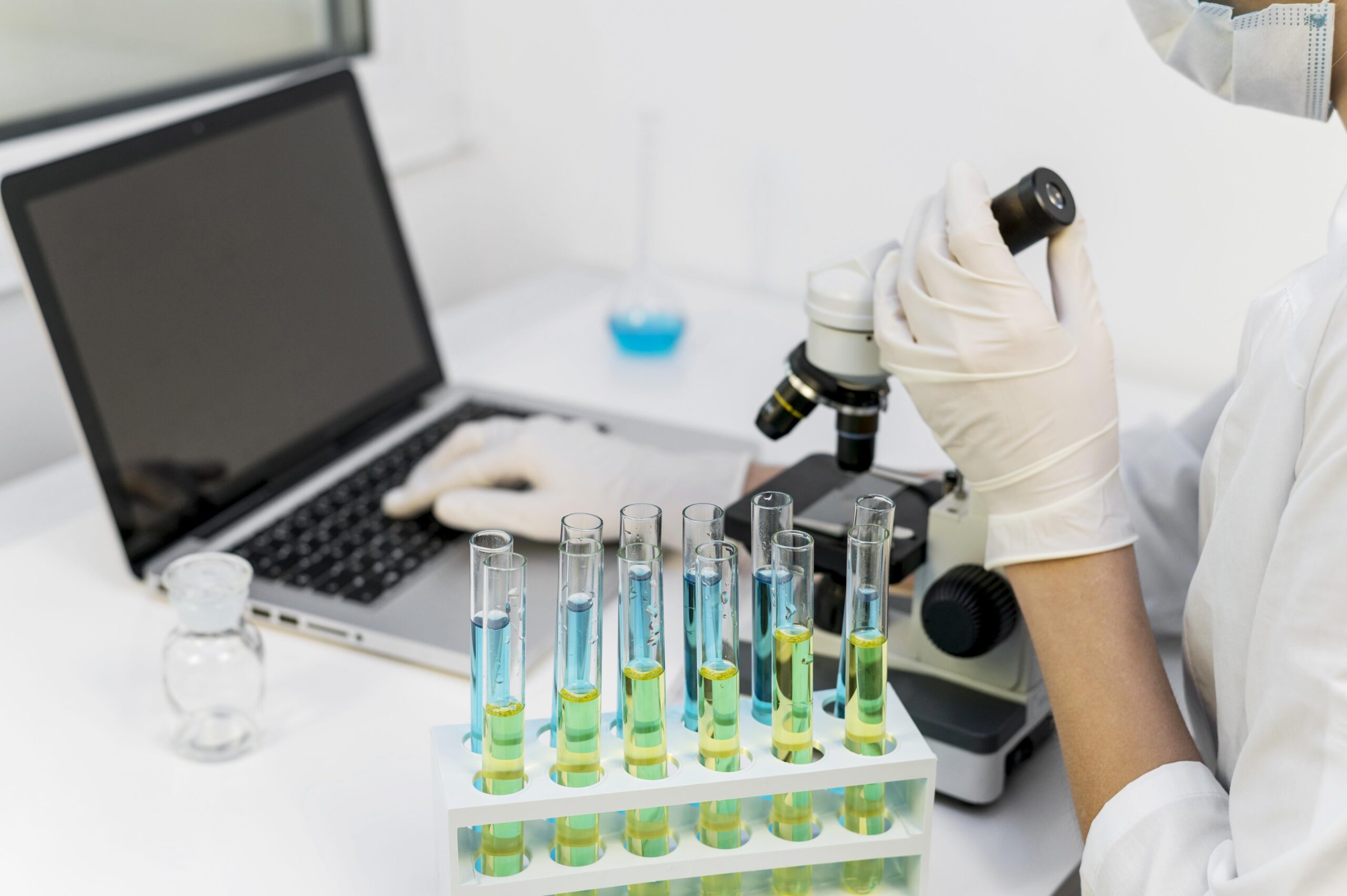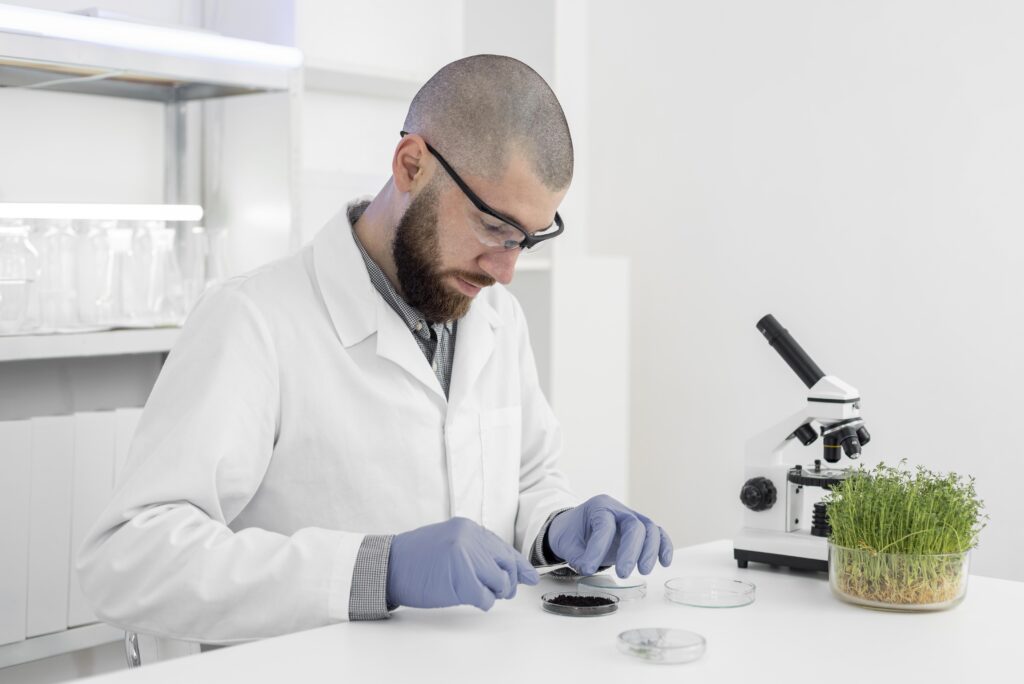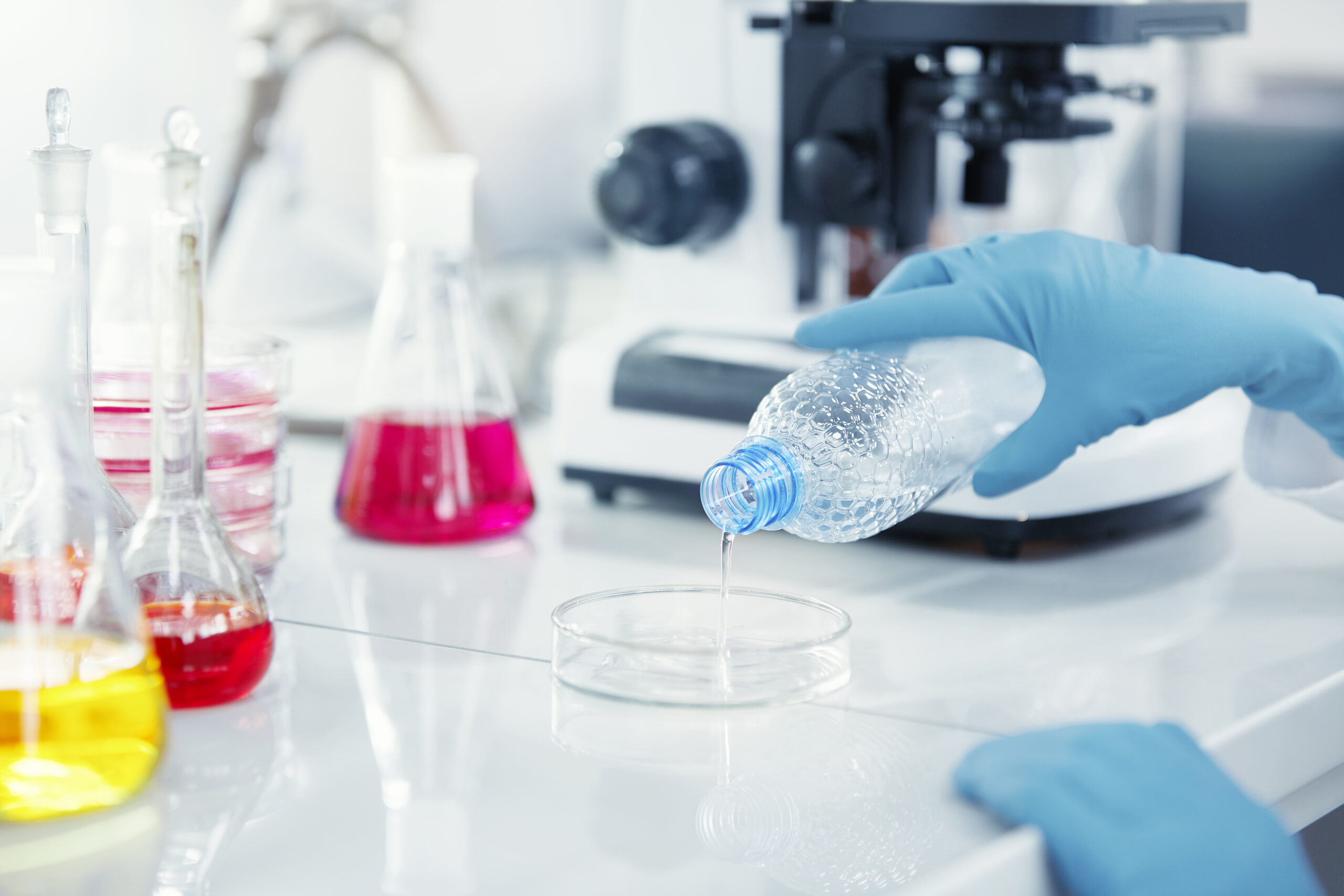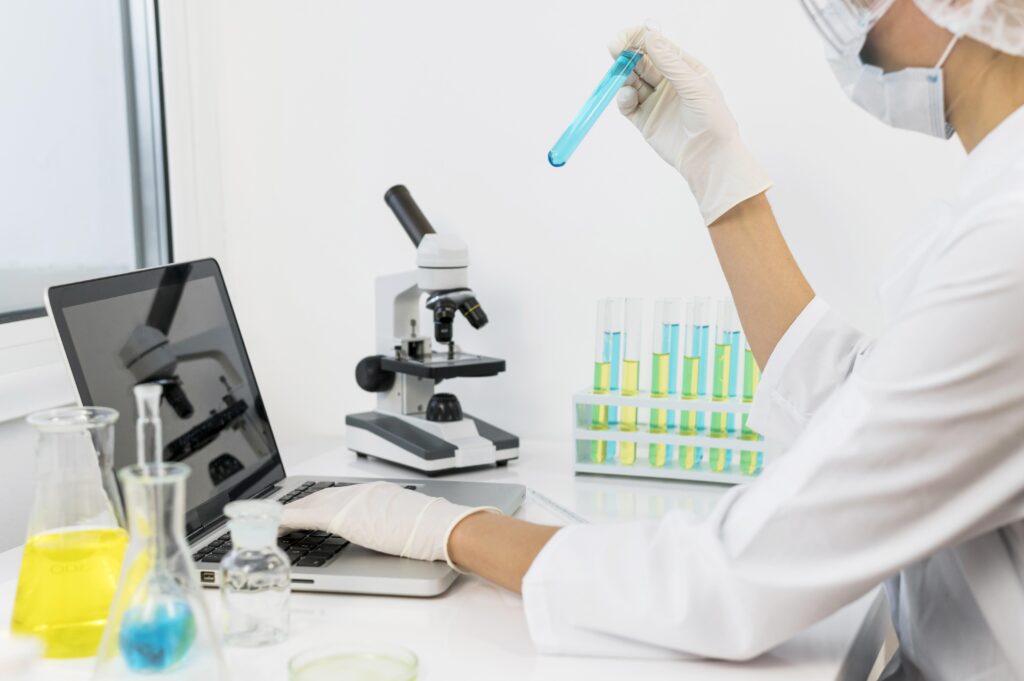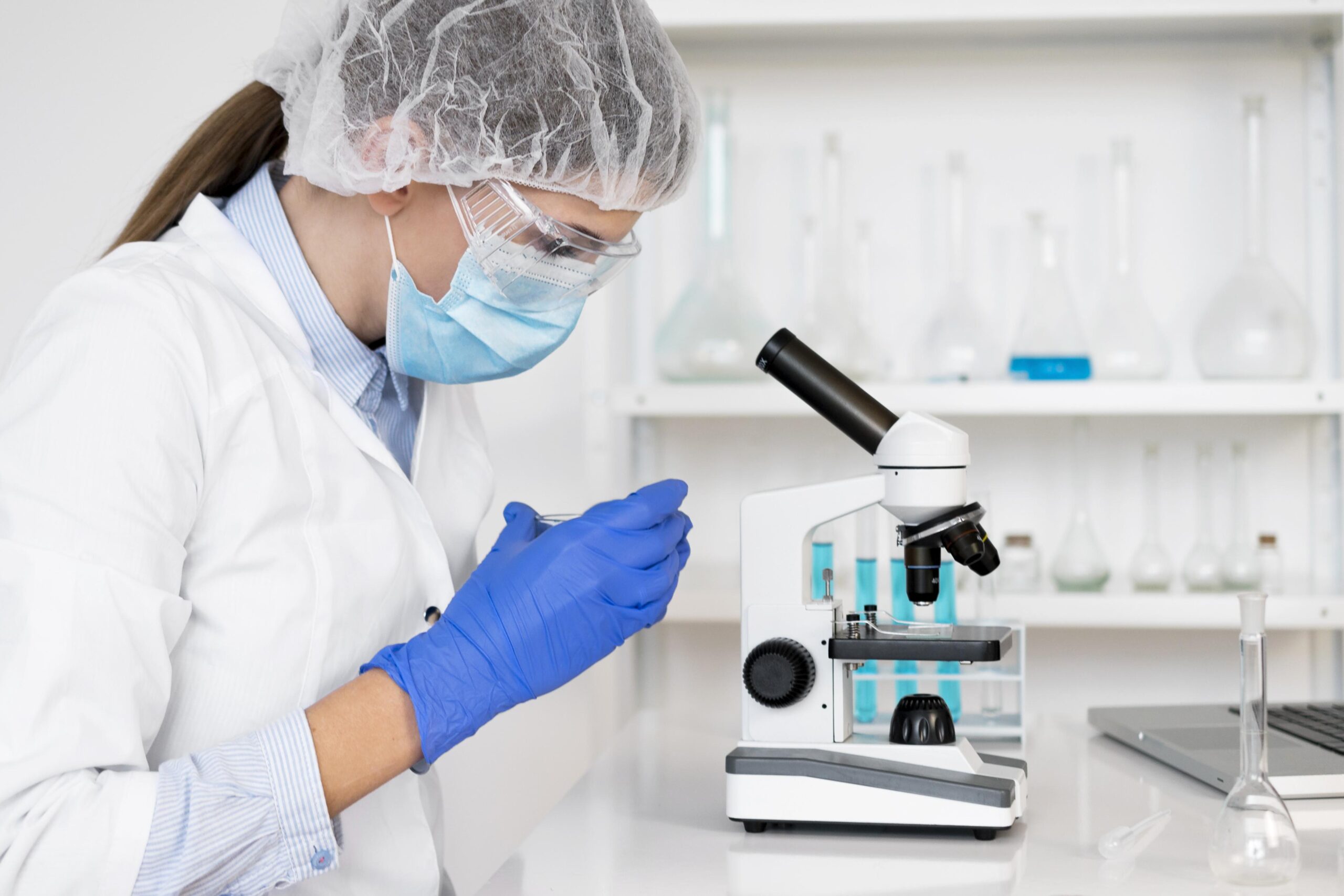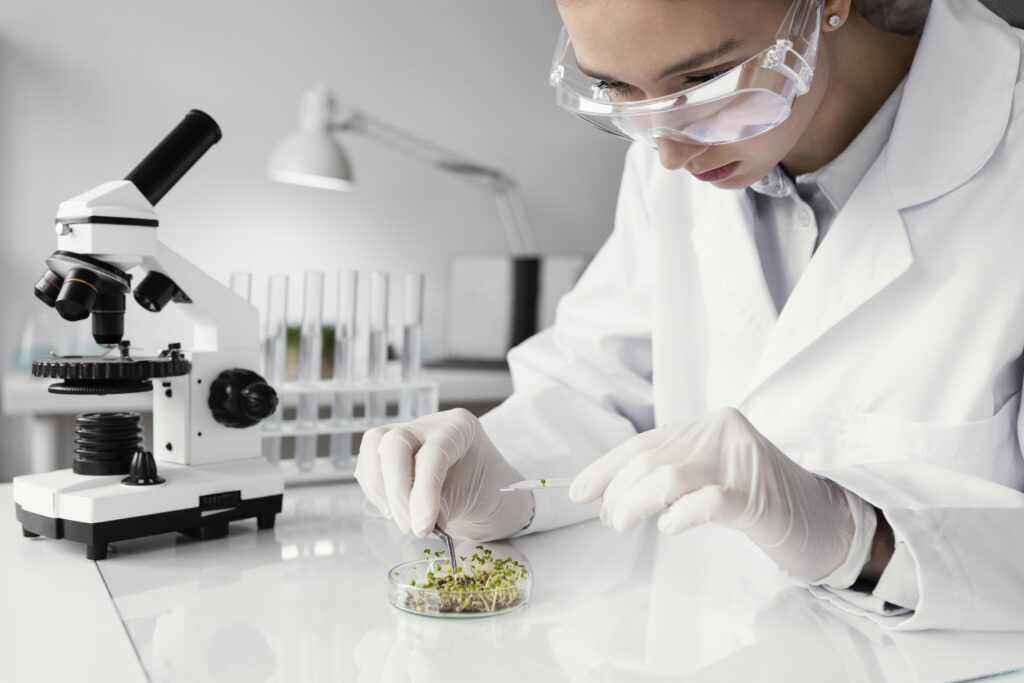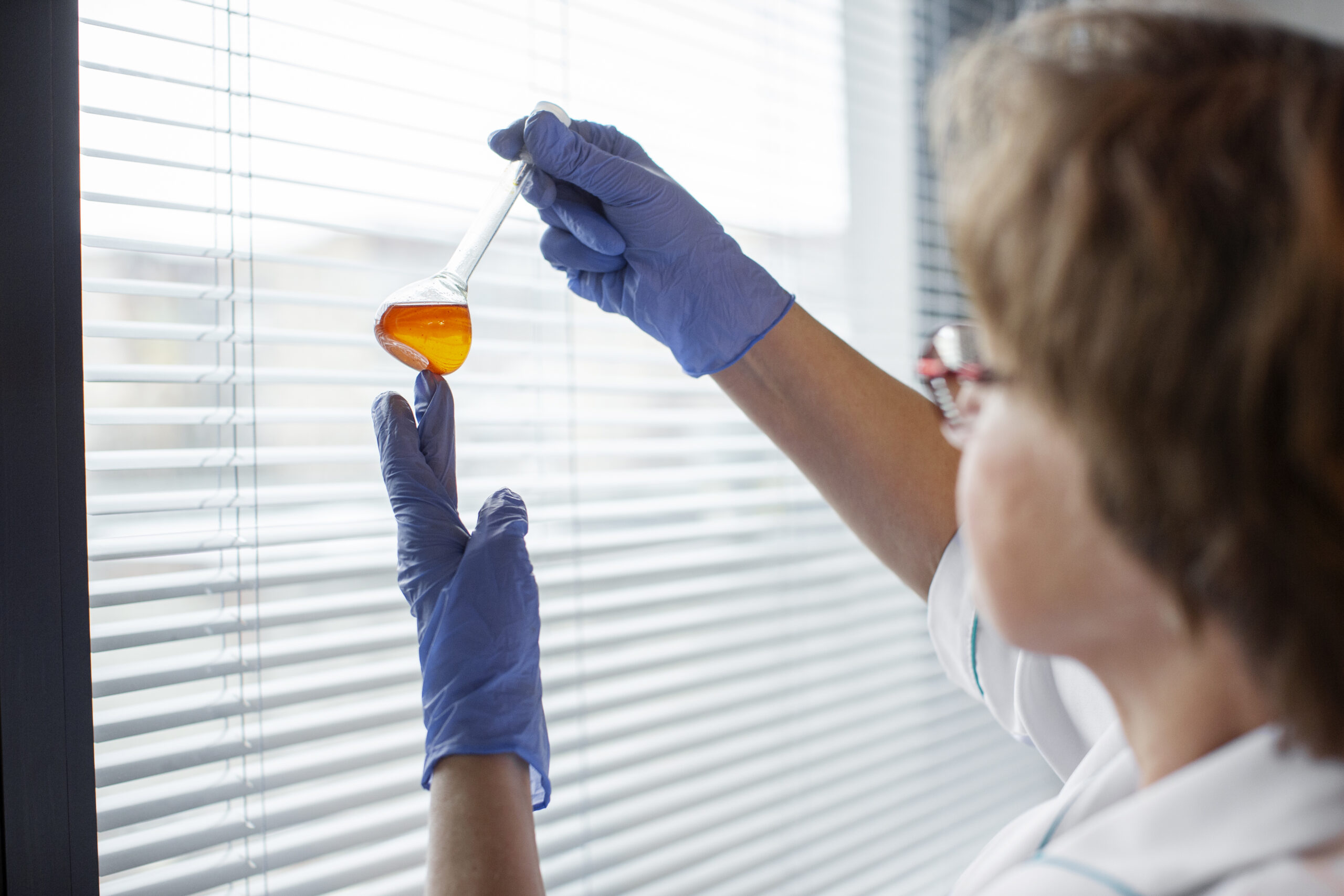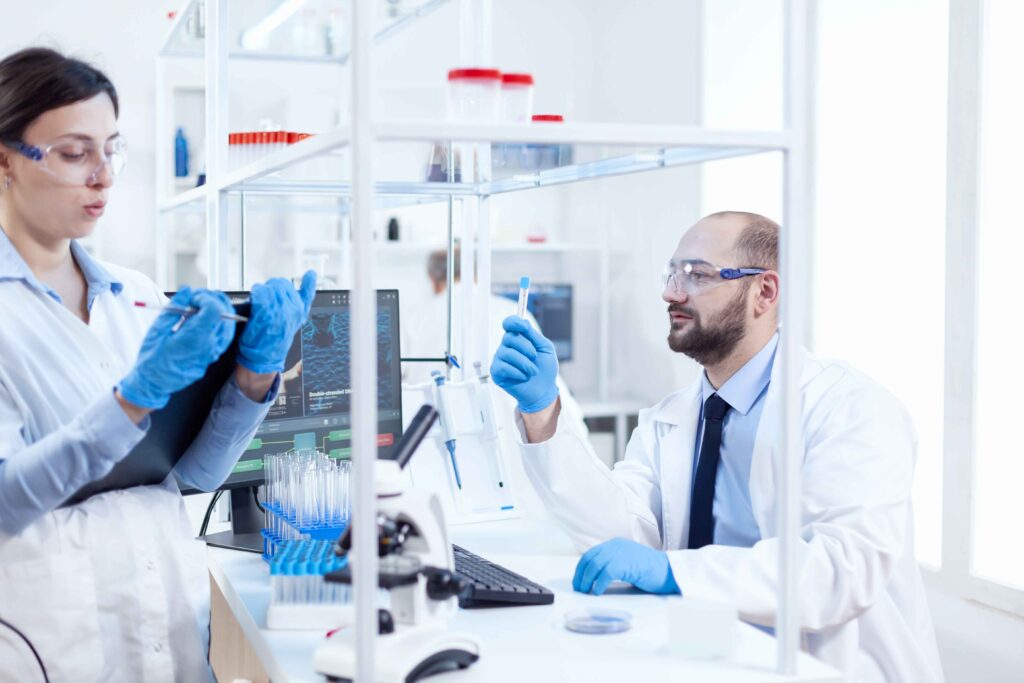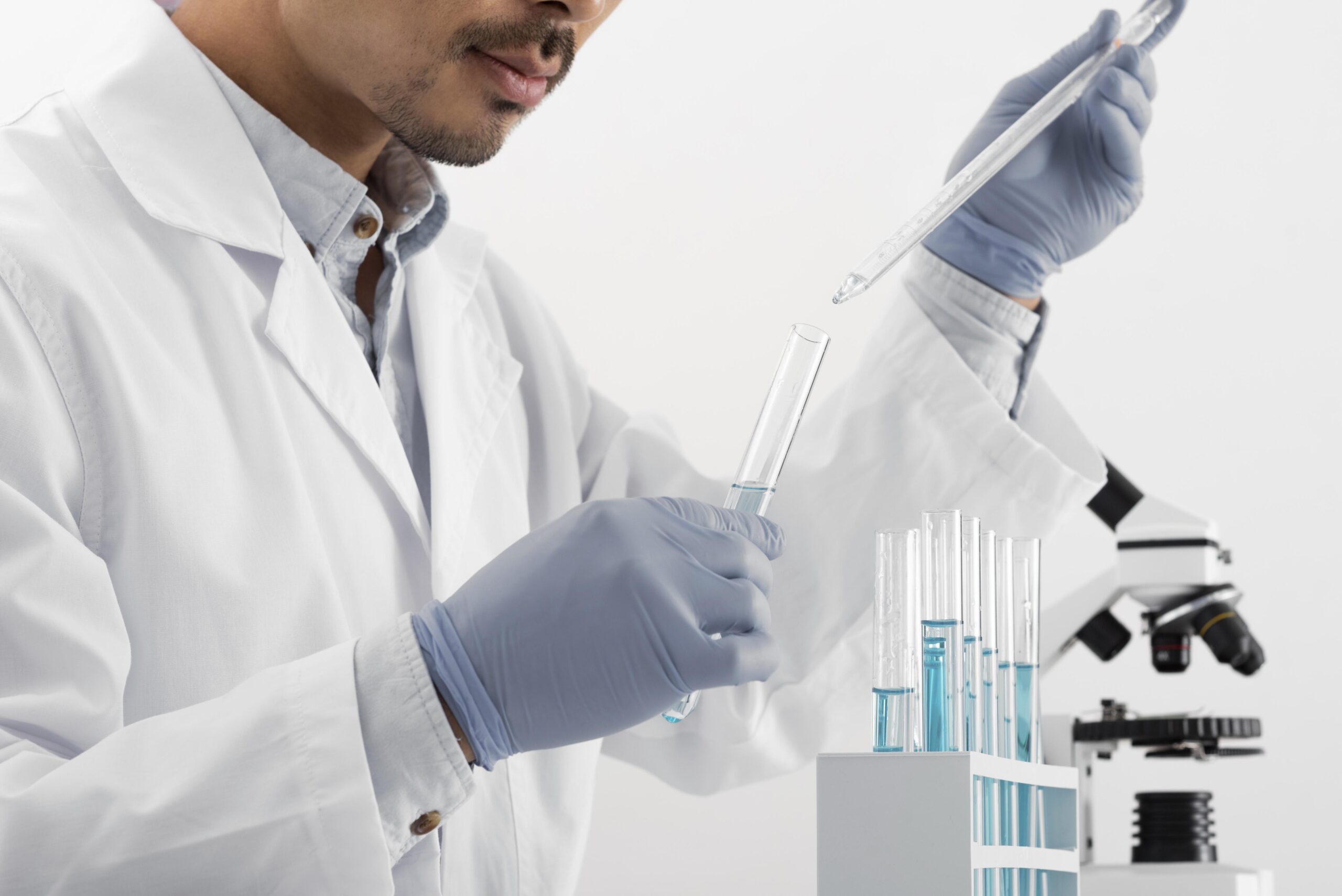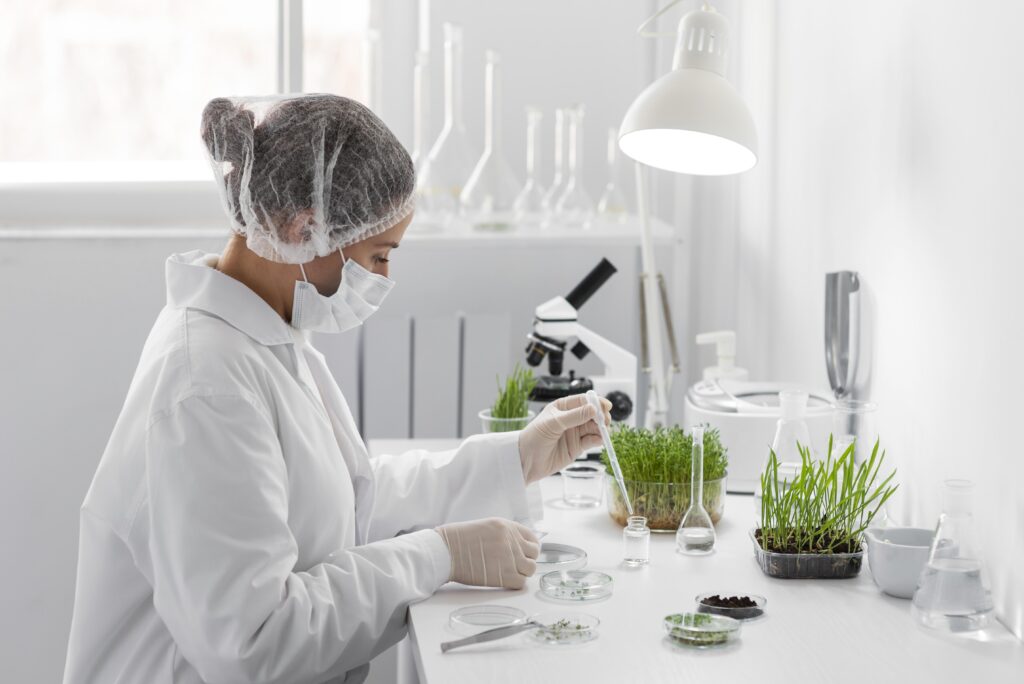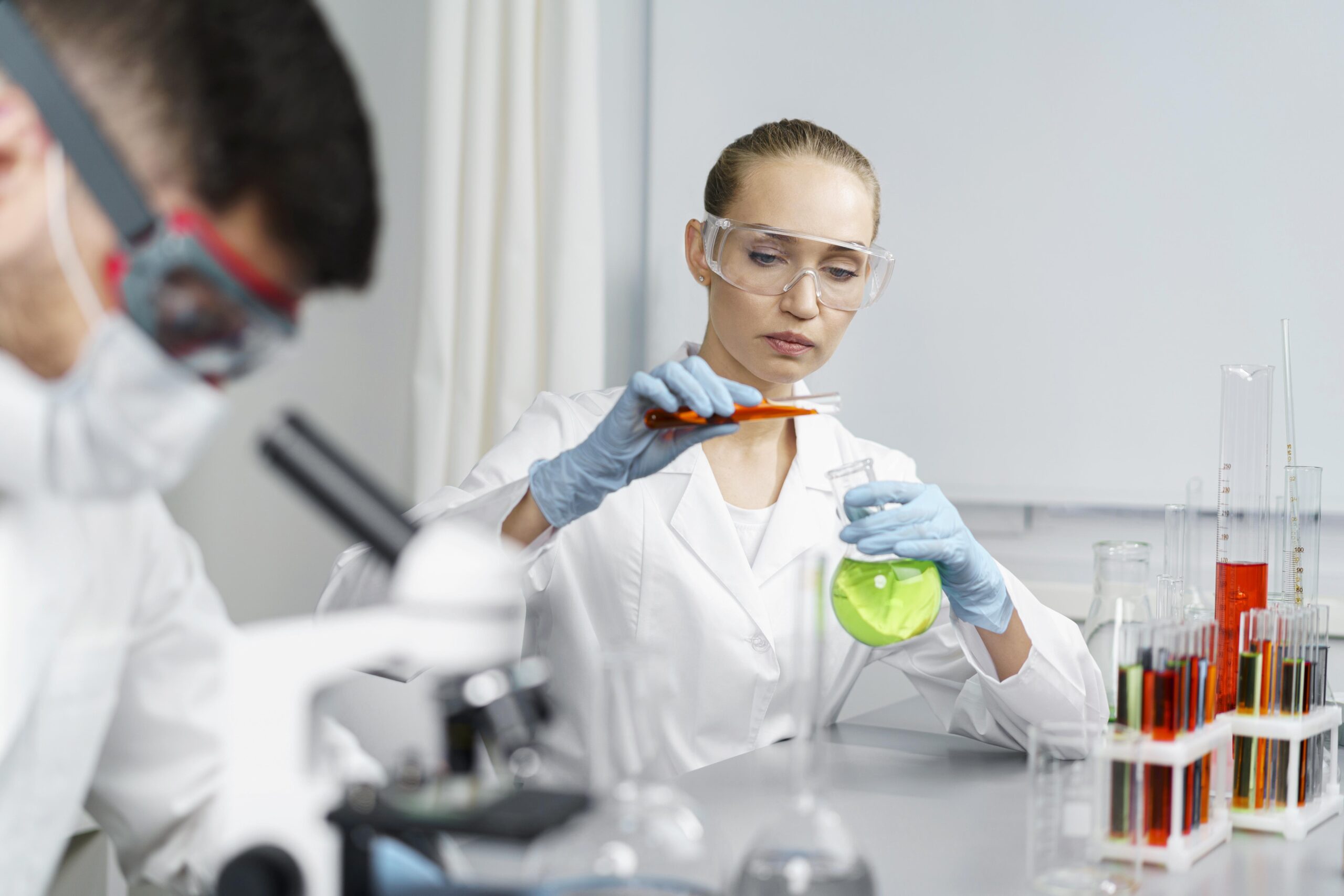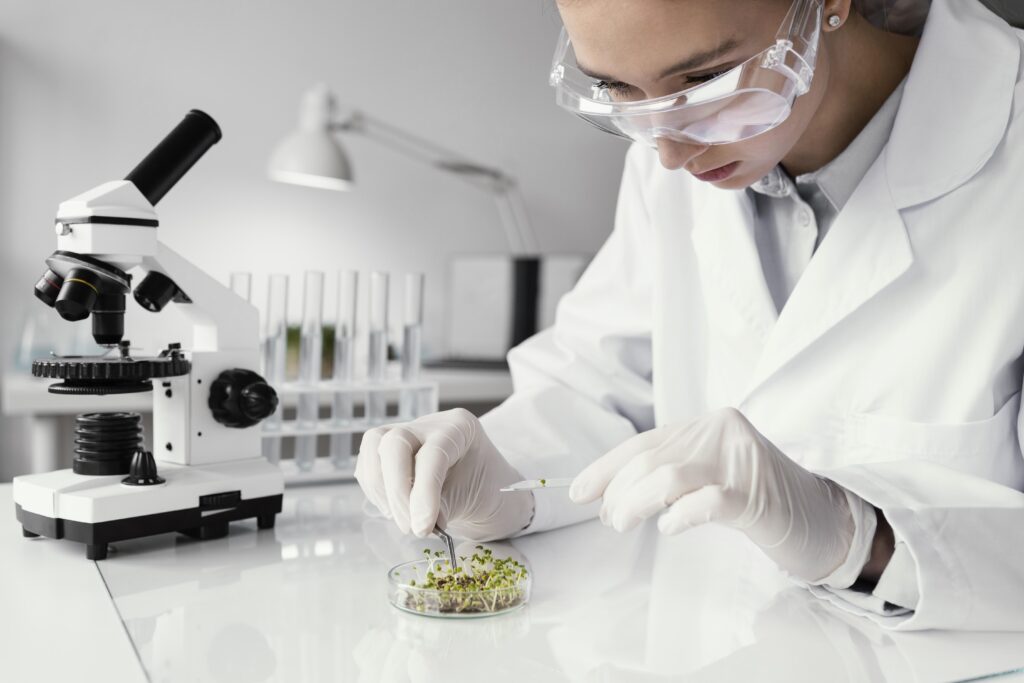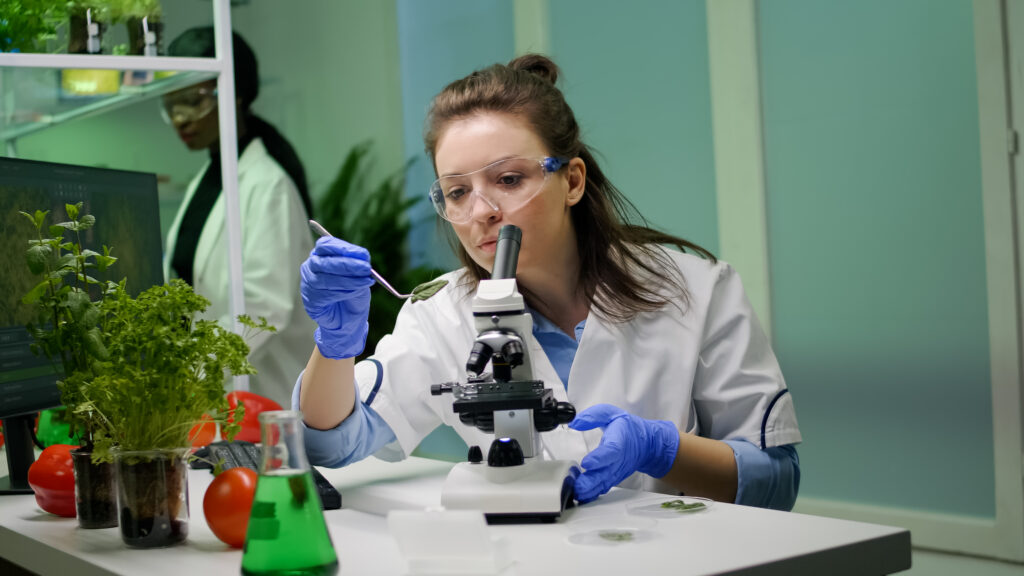It is crucial to guarantee the safety and quality of food items in the modern, international food sector. Long transit distances before food is consumed greatly increase the danger of adulteration, contamination, and foodborne diseases. Food Testing Standards are relevant in this situation. The foundation of the food industry, these standards offer guidelines and procedures to guarantee that food items are safe to eat and live up to quality standards. This thorough book will explore the fundamental Food Testing Standards, their significance, and how the food business is shaped by them.
What Are Food Testing Standards?
Food testing standards are a collection of regulations, policies, and practices by both domestic and foreign organizations to guarantee that food items fulfill safety, quality, and labeling specifications. These guidelines address various topics related to food production, such as distribution, storage, packaging, manufacturing procedures, and ingredient safety. They are intended to safeguard customers against health hazards and guarantee that food items are of the highest caliber and devoid of impurities.
The Importance of Food Testing Standards
The significance of Food Testing Standards cannot be overstated. These standards are crucial for several reasons:
1. Consumer Safety: Shielding customers from possible health risks is the main goal of the Food Testing Standards. By following these guidelines, food goods are guaranteed to be free of dangerous impurities including pesticide residues, heavy metals, poisons, and infections.
2. Quality assurance: By establishing standards for taste, texture, appearance, and nutritional content, food testing standards contribute to the preservation of food items' quality. Respecting these guidelines guarantees uniformity in food items, which fosters consumer confidence.
3. Regulatory Compliance: To meet the requirements set forth by national and international authorities, food makers must adhere to the Standards. Legal action, product recalls, and reputational harm to the brand are all possible outcomes of noncompliance.
4. Market Access: Adhering to international Testing Standards is essential for food exporters. Compliance with these standards ensures that products meet the regulatory requirements of the destination country, facilitating smooth entry into global markets.
5. Environmental Protection: Some also focus on sustainable practices, ensuring that food production does not harm the environment. This includes standards for pesticide use, waste management, and energy consumption.
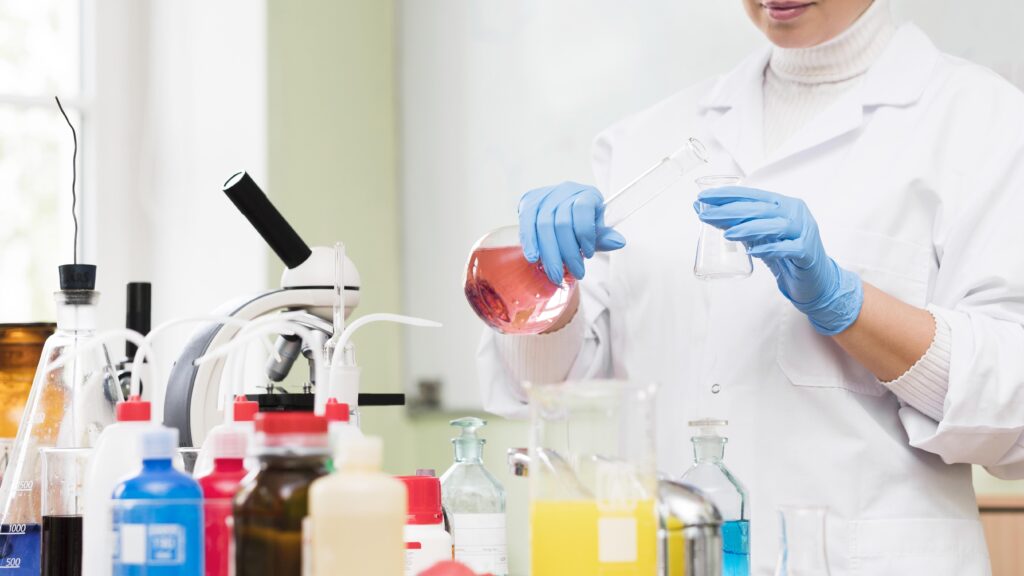
Key International Food Testing Standards
Several organizations worldwide are responsible for developing and maintaining Testing Standards. Below are some of the most influential standards and organizations in the food industry:
1. Codex Alimentarius
One of the most significant international organizations for food testing standards is the Codex Alimentarius Commission, which was founded by the Food and Agriculture Organization (FAO) and the World Health Organization (WHO). The "Food Code," also known as the Codex Alimentarius, establishes international guidelines for food quality, safety, and labeling. A vast variety of food products are covered by these guidelines, including food additives, processed foods, and unprocessed agricultural commodities.
2.ISO 22000
A worldwide standard for food safety management systems is ISO 22000. It lays forth the specifications for a food safety management system that any company, from farm to fork, can implement. To guarantee food safety across the supply chain, ISO 22000 incorporates the concepts of the Hazard Analysis and Critical Control Point (HACCP) system with additional Food Testing Standards.
3. FDA Food Safety Modernization Act (FSMA)
Under the Food Safety Modernization Act (FSMA), the Food and Drug Administration (FDA) in the United States is in charge of ensuring the safety of food items. To assure food safety, the FSMA places a strong emphasis on preventative measures, moving the emphasis from responding to contamination to preventing it. The act, which is among the most extensive food safety laws in the world, establishes stringent Food Testing for both local and imported food products.
4. European Union Food Law
Regulation (EC) No 178/2002, the General Food Law, is part of the EU's well-established regulatory system for food safety. To guarantee that food products are safe for consumption and satisfy strict standards, this law establishes the framework for all food testing throughout the European Union. In the EU, the European Food Safety Authority (EFSA) is essential in establishing food testing and offering scientific recommendations.
5. Global Food Safety Initiative (GFSI)
The Global Food Safety Initiative (GFSI) is a private organization that benchmarks various food safety standards, including ISO 22000, BRC Global Standards, and the Safe Quality Food (SQF) Program. GFSI-certified standards are recognized worldwide and are essential for companies that want to demonstrate their commitment to food safety and quality.
Key Components of Food Testing Standards
Testing Standards for food encompass various aspects of food safety and quality. Some of the key components include:
1. Microbiological Testing
The Food Testing heavily rely on microbiological testing. It entails checking food items for dangerous microbes like fungi, viruses, and bacteria. Tests for Salmonella, E. Coli, Listeria, and Staphylococcus aureus are frequently performed. Food products are guaranteed to be free of germs that could result in foodborne illnesses through microbiological testing.
2. Chemical Contaminant Testing
The goal of chemical contaminant testing is to find dangerous substances in food items. Testing for pesticide residues, mycotoxins, heavy metals (including lead, mercury, and arsenic), and food additives are all included in this. To safeguard the health of consumers, Food Testing mandate that certain substances be present below permissible ranges.
3. Nutritional Analysis
A further important part of the Food Testing is nutritional analysis. This entails determining the nutritional composition of dietary items, taking into account both macronutrients (proteins, fats, and carbs) and micronutrients (minerals, vitamins). Nutritional analysis makes ensuring food products are accurately labeled and give consumers the information they need.
4. Allergen Testing
Allergen testing is essential for identifying the presence of allergens such as peanuts, gluten, dairy, and soy in food products. Food Testing require accurate labeling of allergens to prevent allergic reactions in sensitive individuals.
5. Shelf Life Testing
The duration for which a food product is safe and of good quality under particular storage conditions is ascertained by shelf life testing. Food Testing Standards guarantee correct labeling and shelf life determination, avoiding the sale of spoiled or expired goods.
Challenges in Implementing Food Testing Standards
While Testing Standards are essential for ensuring food safety and quality, their implementation can be challenging for food manufacturers. Some common challenges include:
1. Cost: It can be costly for small and medium-sized businesses (SMEs) to comply with food testing standards. Testing, certification, and satisfying legal requirements can come at a heavy financial cost.
2 . Complexity: Due to the international scope of the food sector, businesses have to manage a complicated network of national Testing Standards . This calls for certain knowledge and can take a long time.
3. Rapidly Changing Regulations: New scientific discoveries, newly discovered pollutants, and customer demands all contribute to the ongoing evolution of food testing standards. For businesses, keeping up with these changes can be difficult.
4. Technology Integration: Investing in equipment and training is necessary to use the newest technology in food testing, such as DNA sequencing for pathogen identification. Not every business has the means to incorporate these cutting-edge technologies into their
Conclusion
Food Testing Standards play a vital role in ensuring the safety, quality, and consistency of food products. They protect consumers from health risks, ensure regulatory compliance, and facilitate access to global markets. As the food industry continues to evolve, staying informed about key and their implementation is crucial for food manufacturers, suppliers, and regulators. By understanding and adhering to these standards, companies can build consumer trust, enhance their brand reputation, and contribute to a safer food supply chain.

